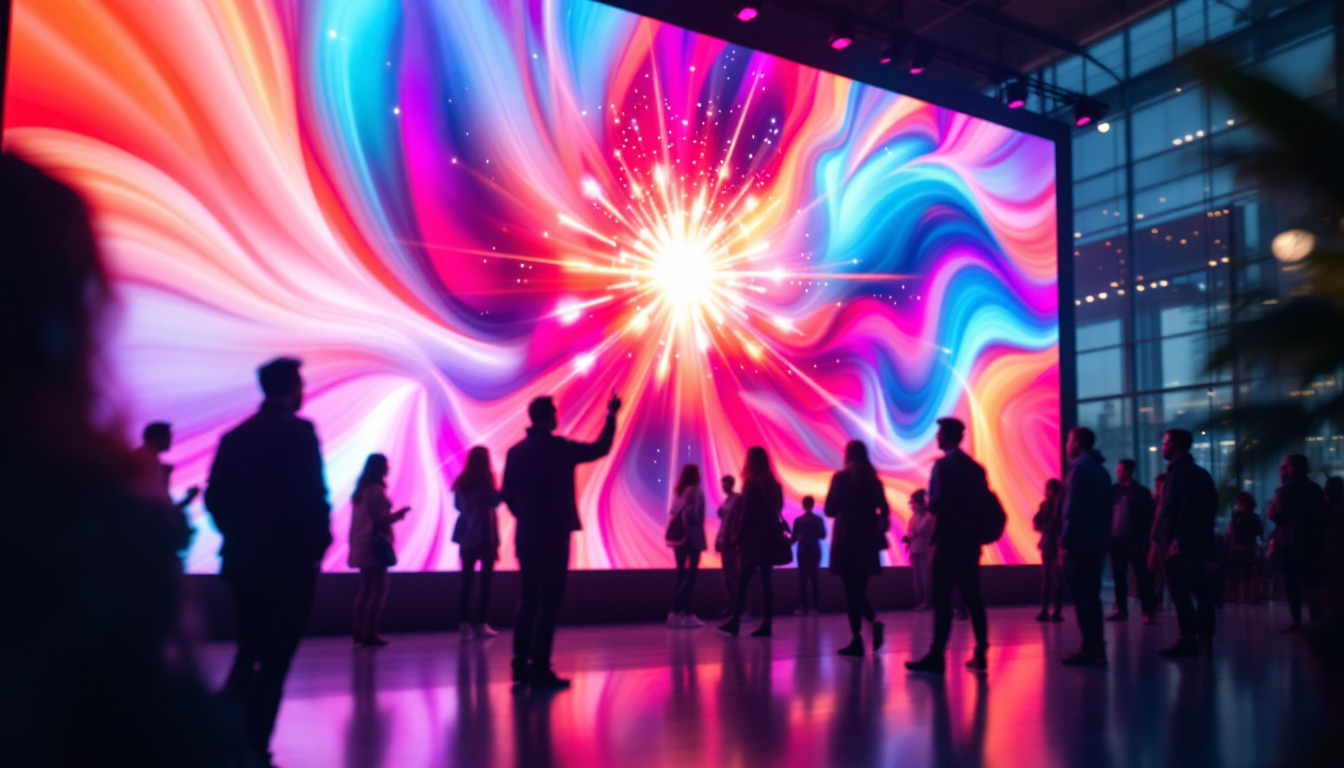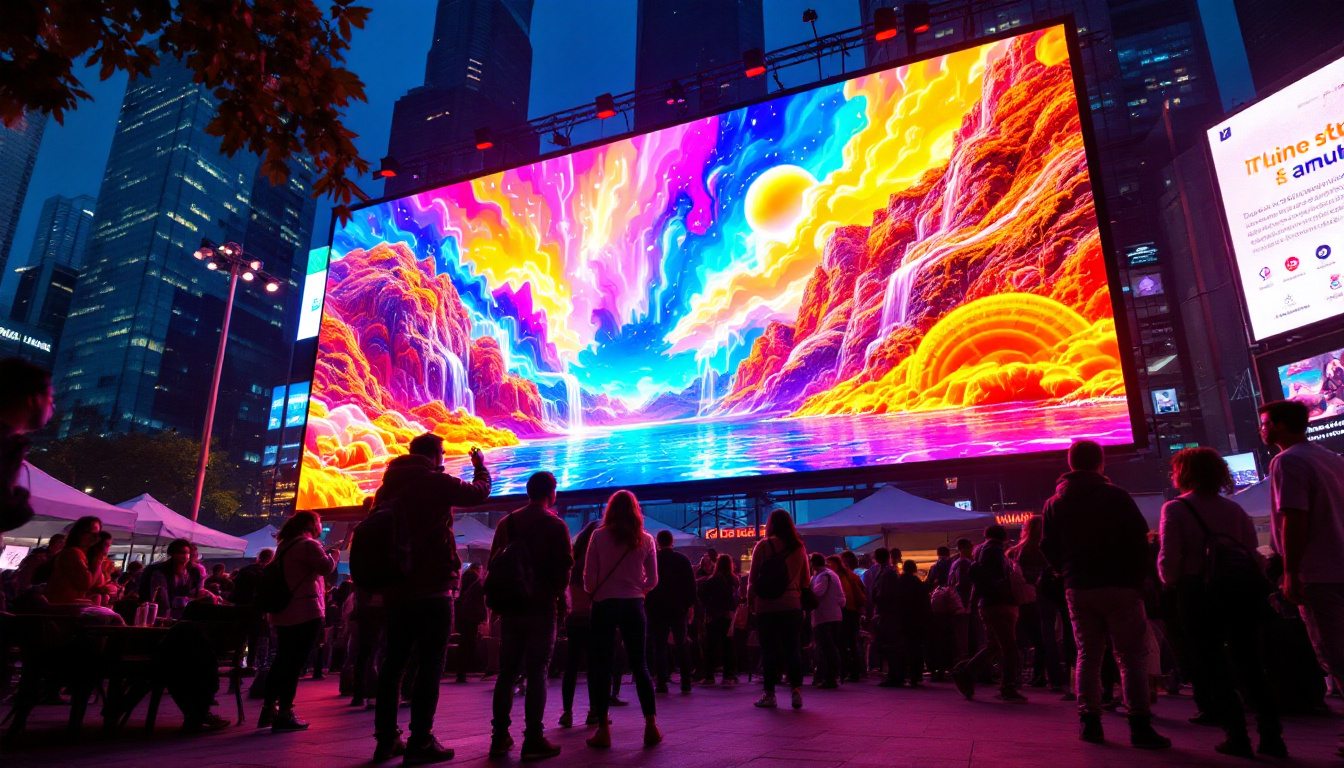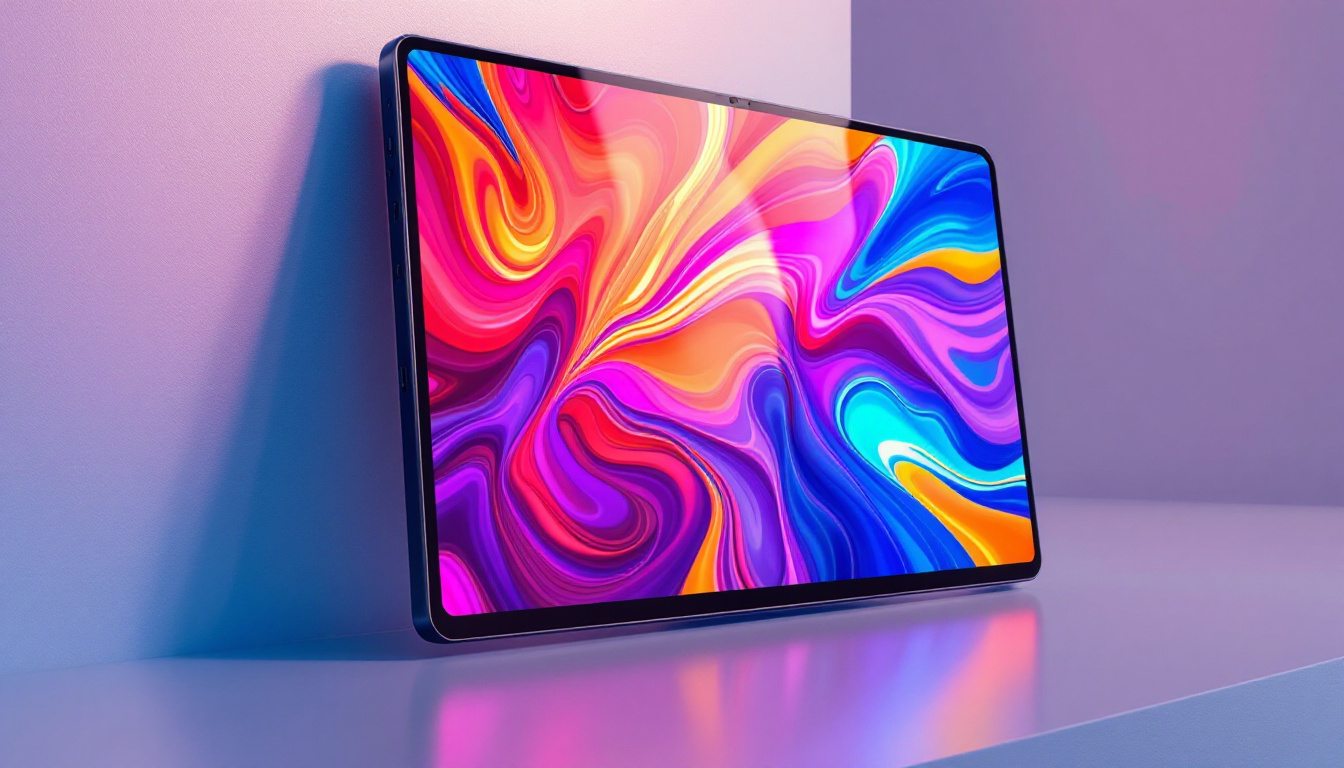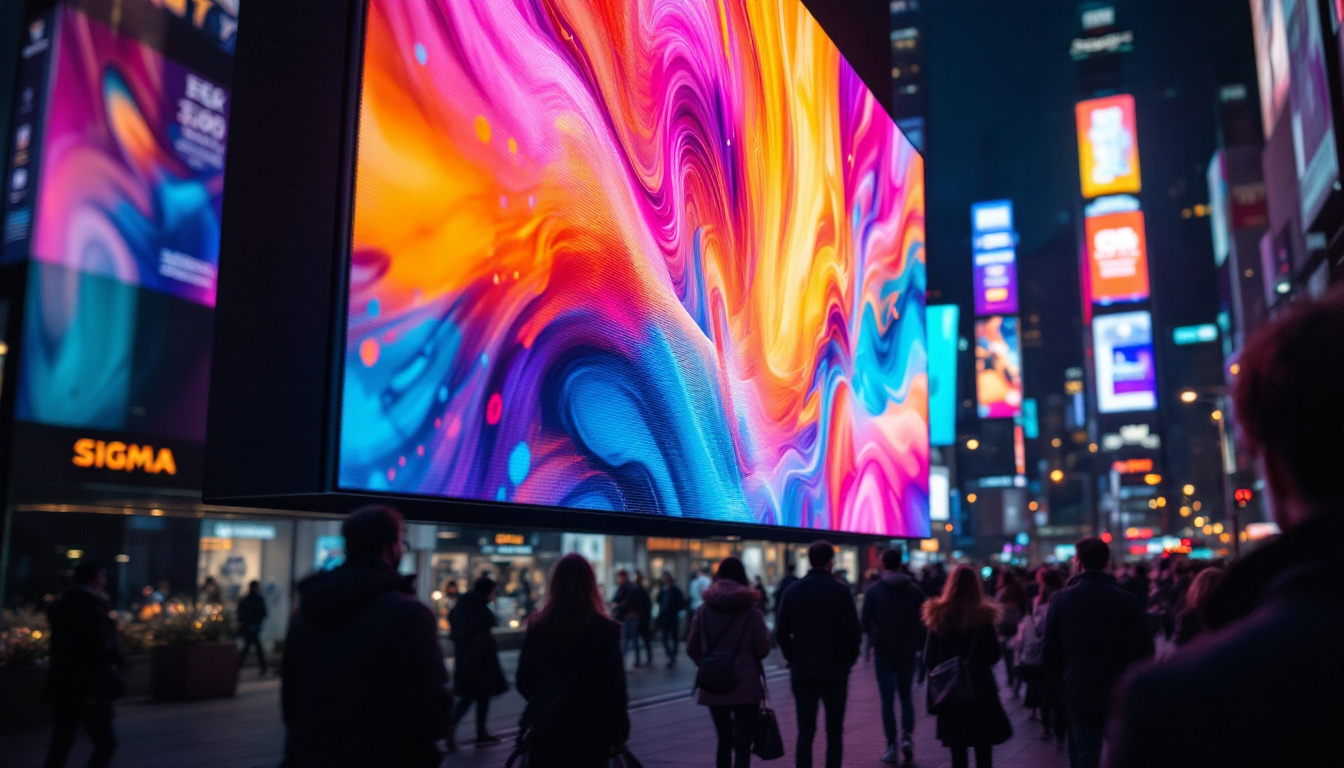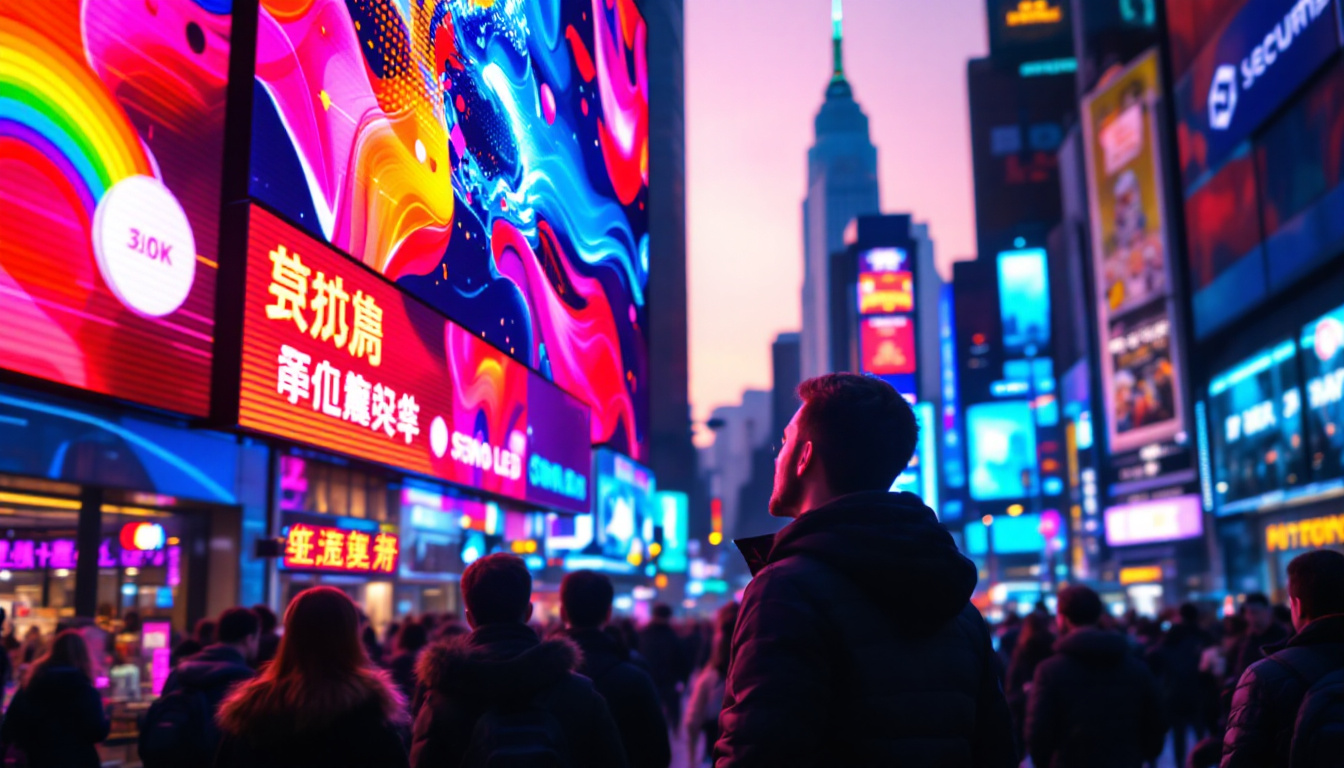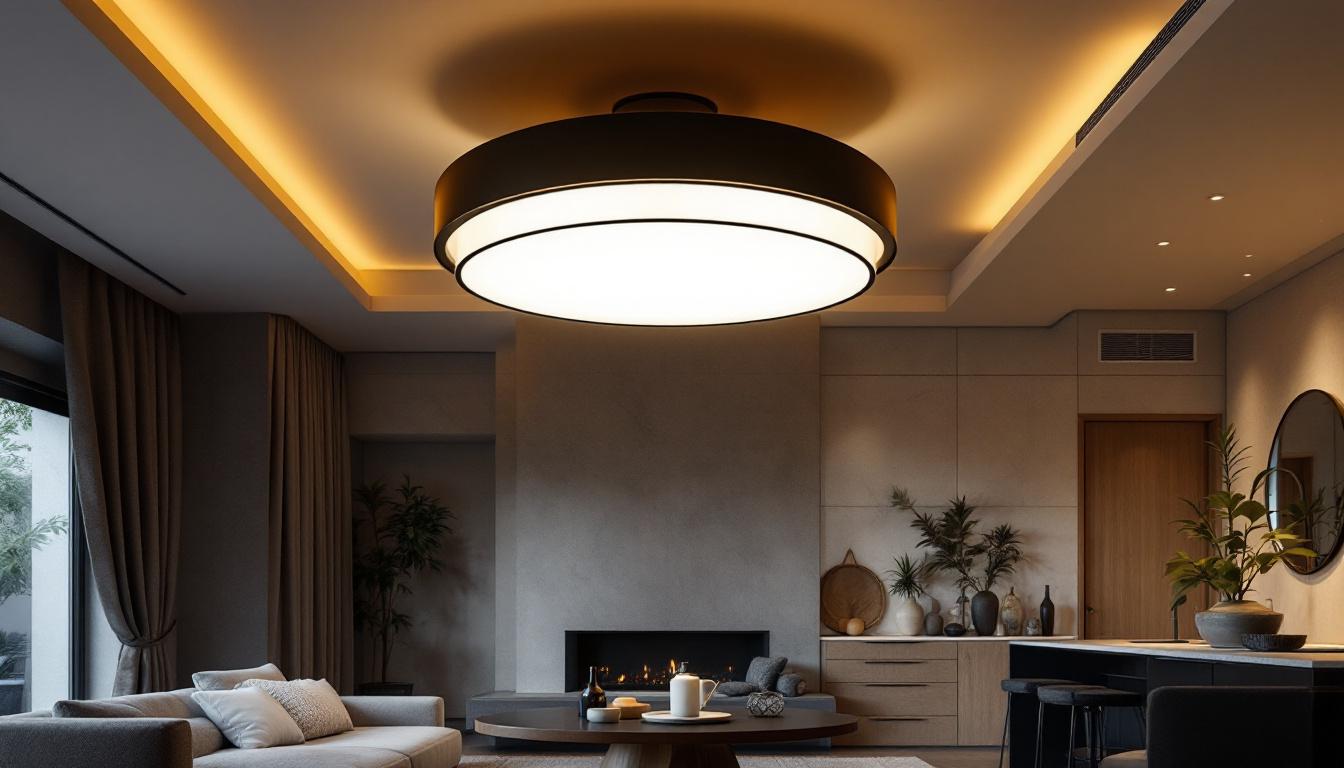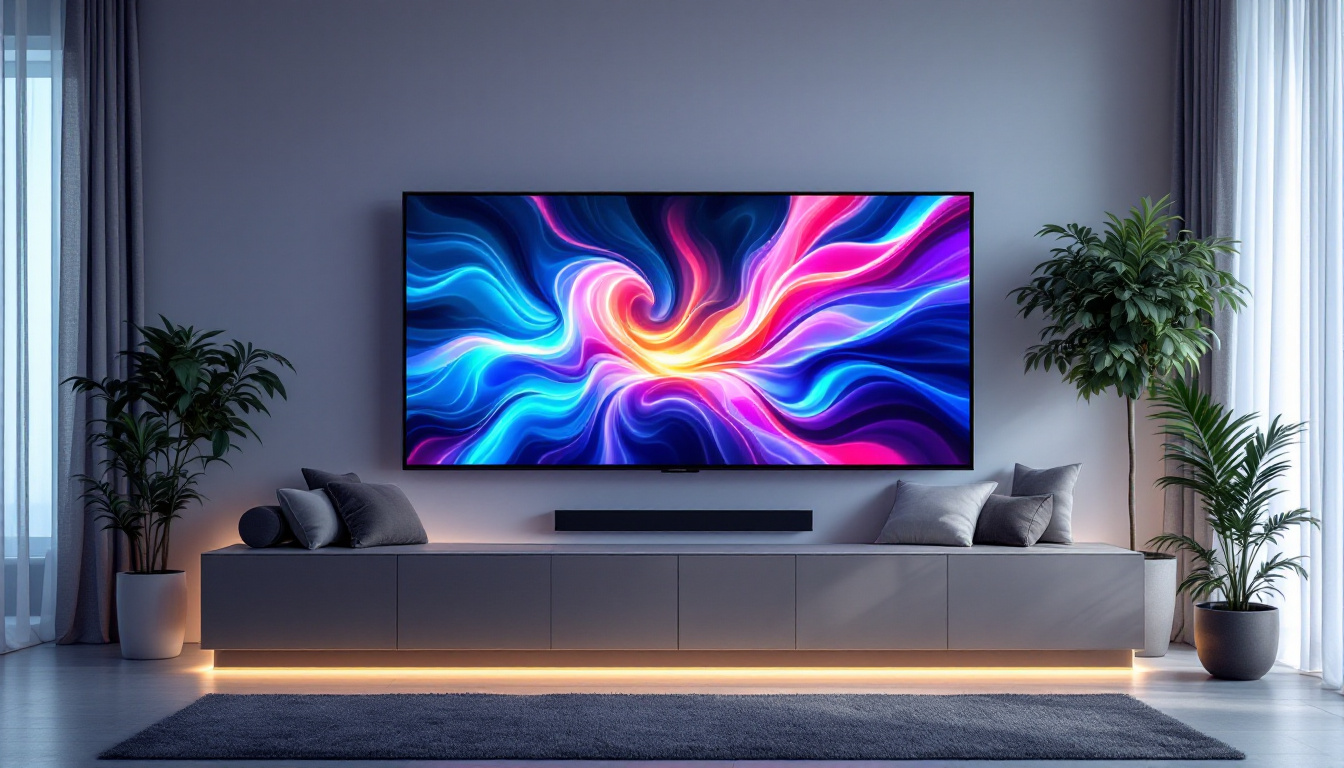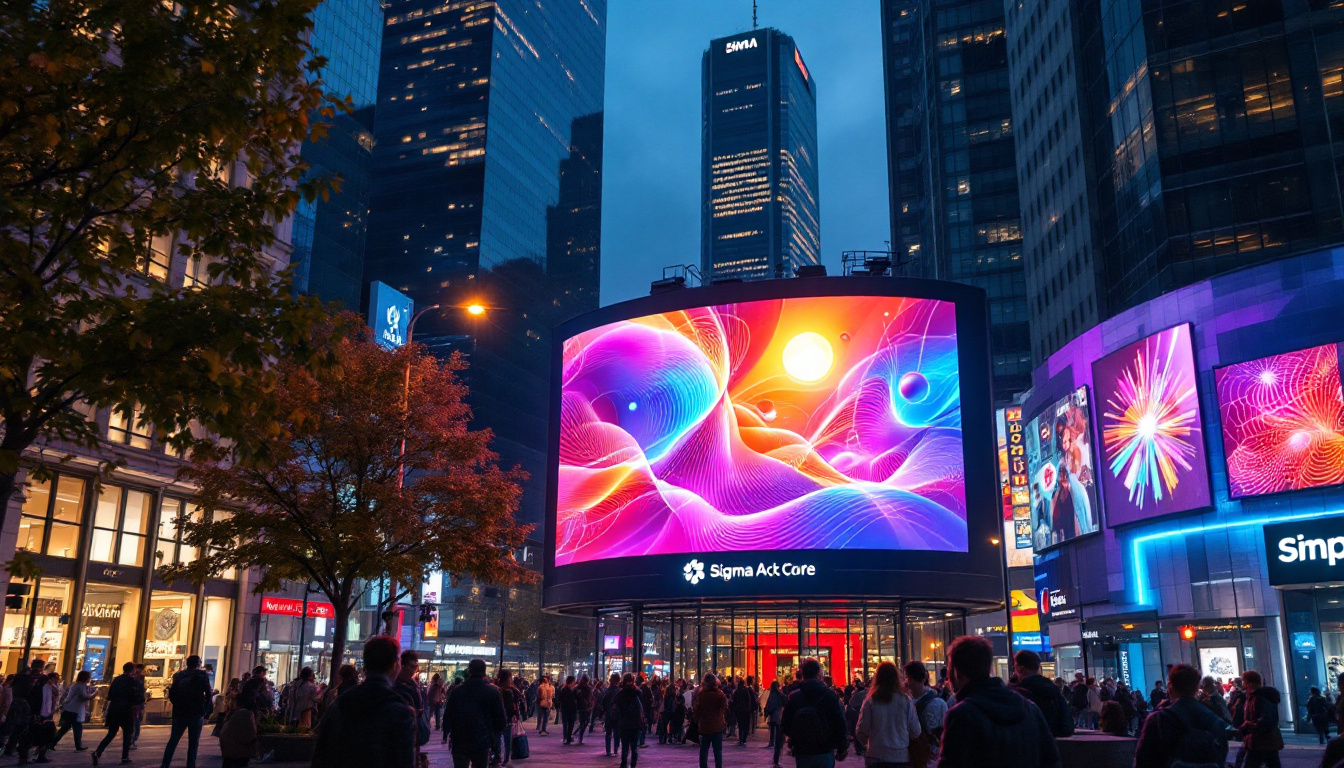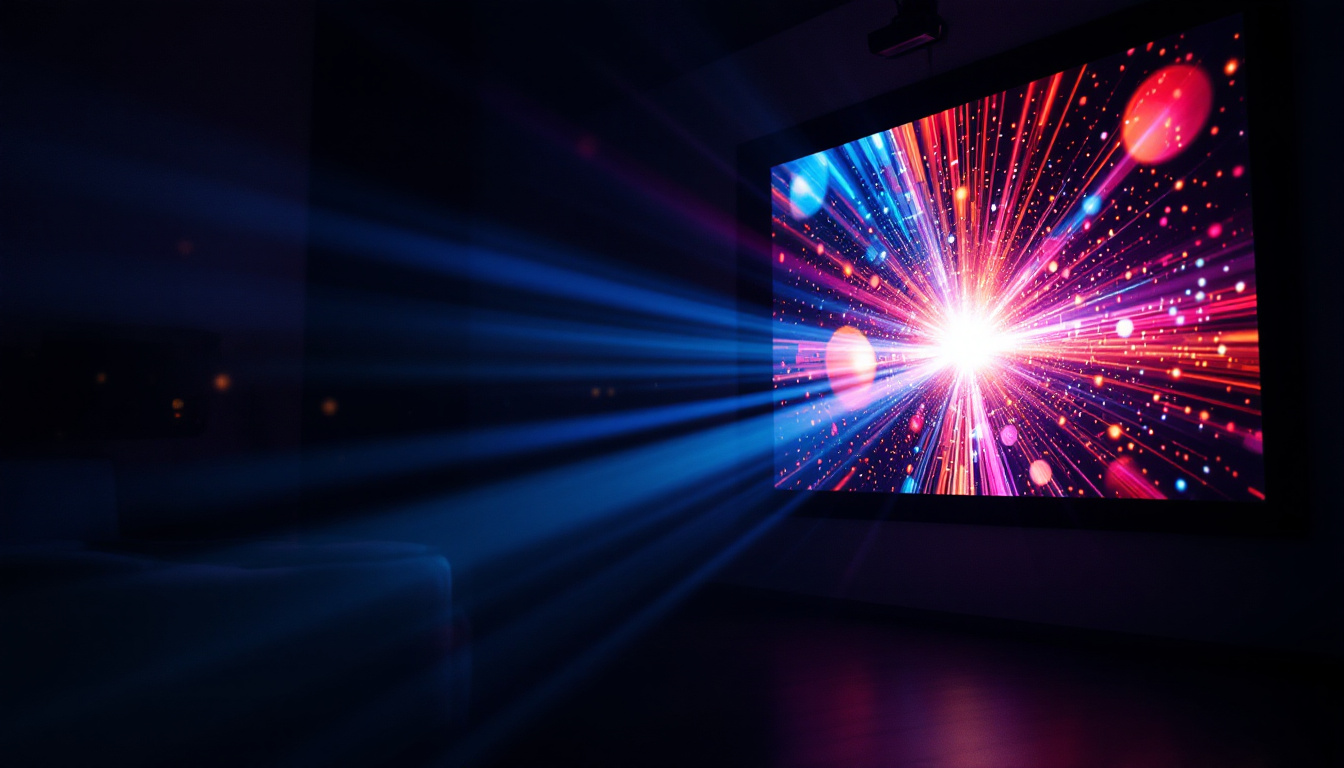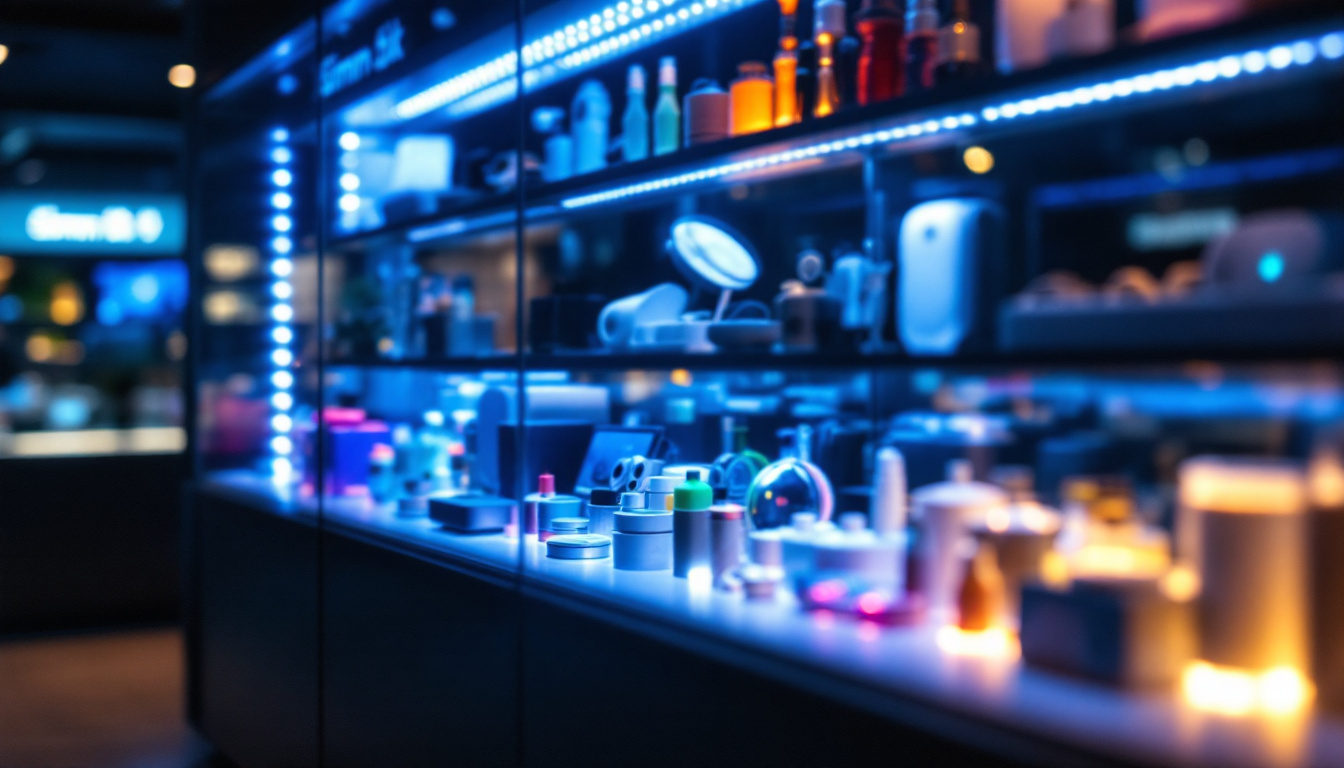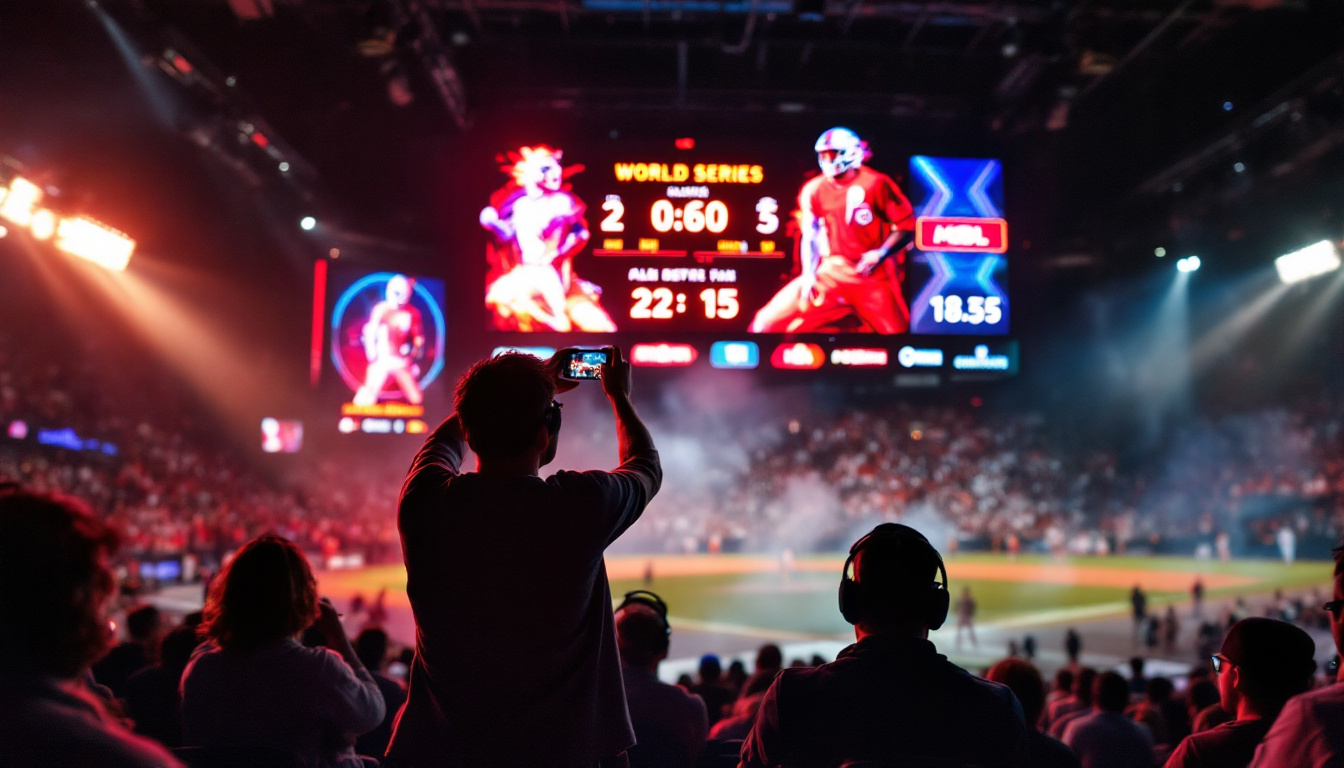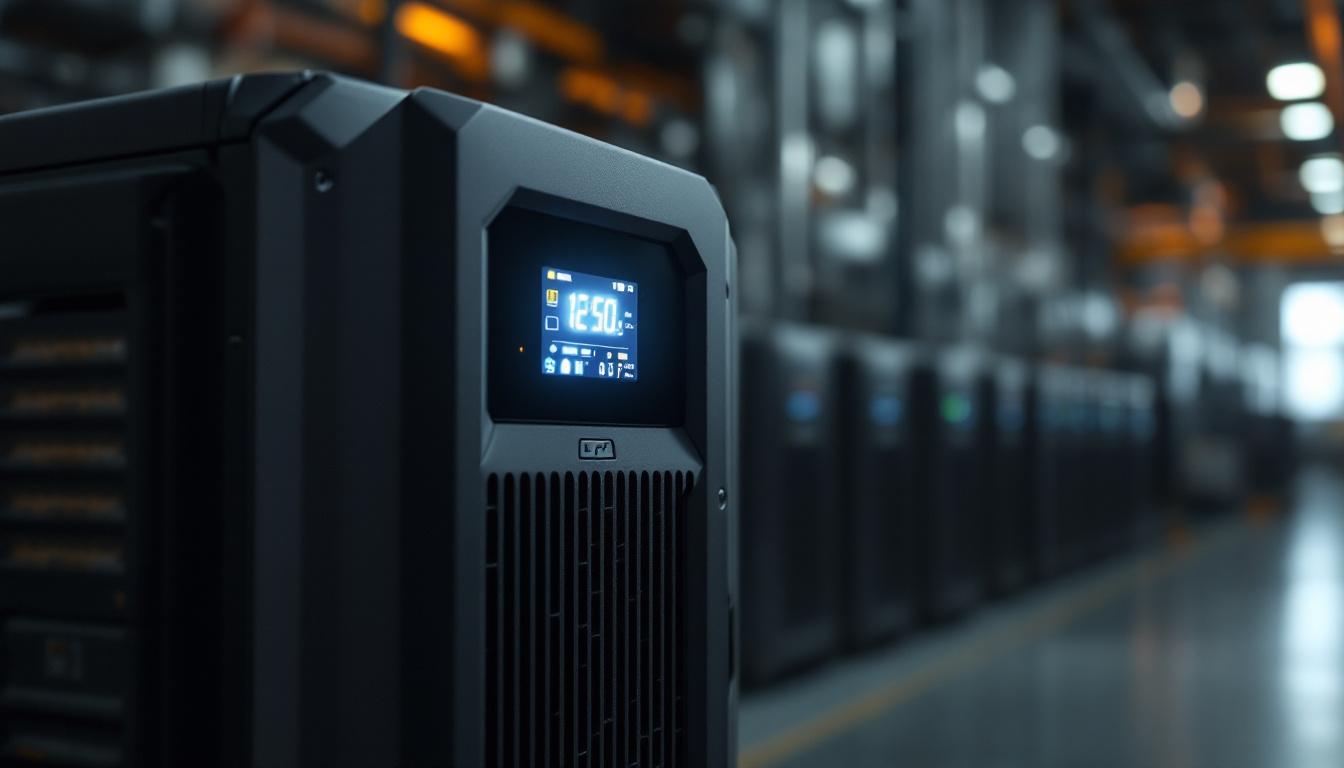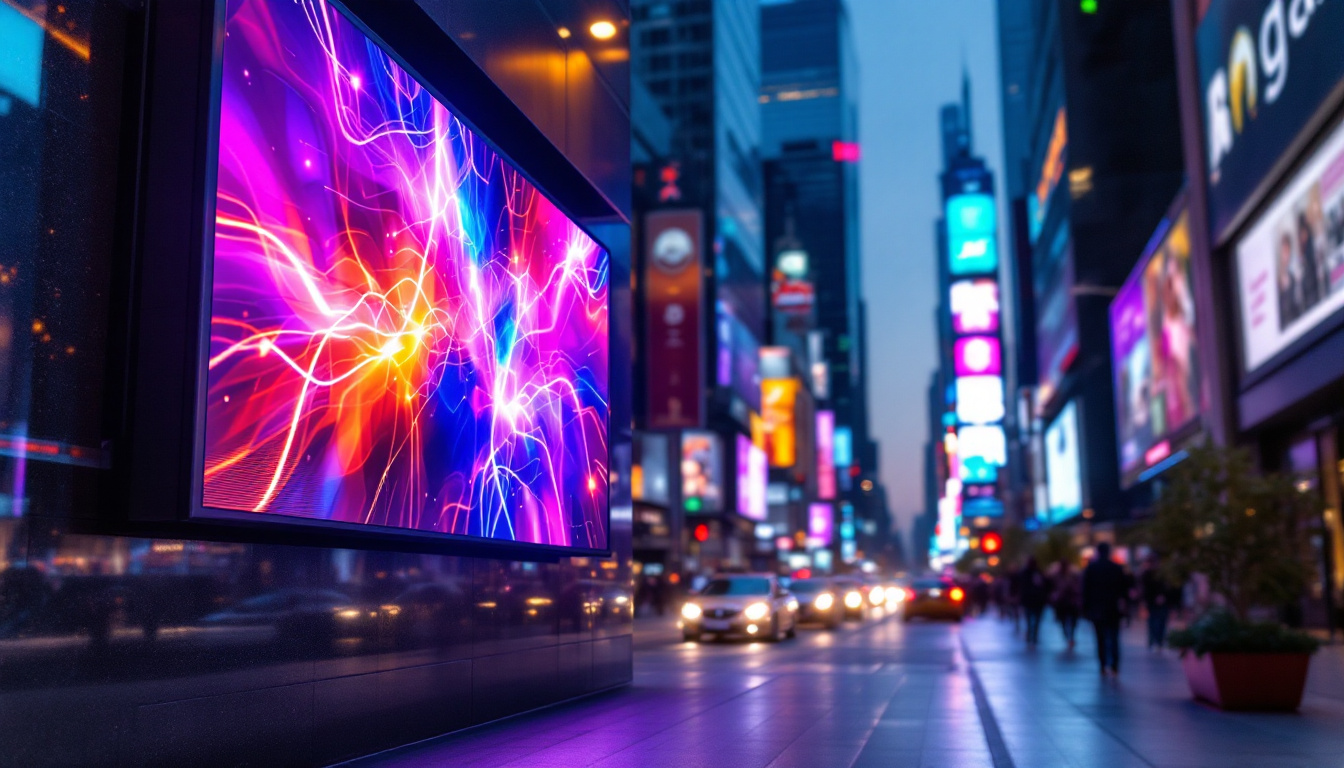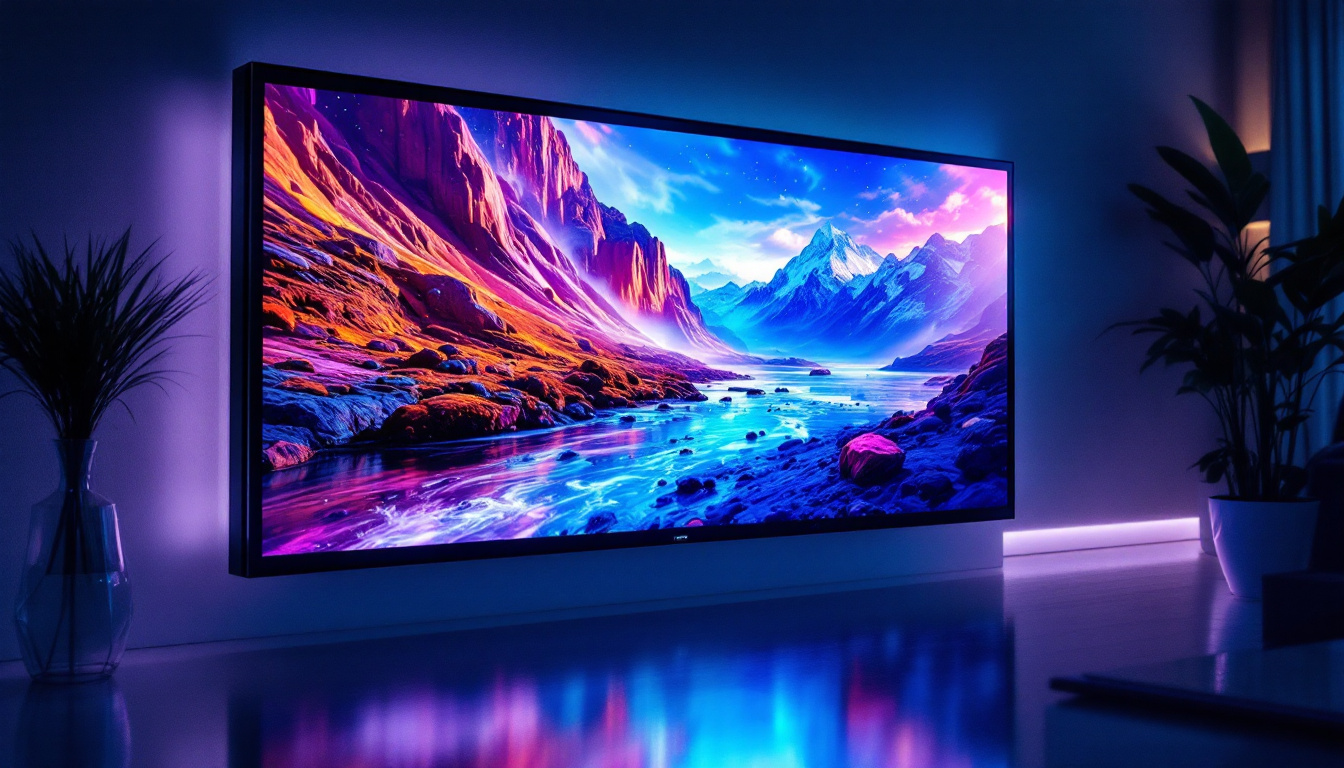In the world of digital displays, LED technology has revolutionized how we visualize information, advertisements, and entertainment. Among the many technical aspects of LED displays, the concept of “Do Pixel” plays a crucial role in determining the quality and performance of these screens. This article delves into what “Do Pixel” means in the context of LED displays, how it affects image clarity, and why it is essential for industries ranging from advertising to live events.
Understanding the Basics: What Is a Pixel in LED Displays?
Before exploring the term “Do Pixel,” it’s important to understand what a pixel is in LED technology. A pixel, short for “picture element,” is the smallest controllable unit of a digital image. In LED displays, each pixel is typically composed of multiple tiny light-emitting diodes (LEDs), usually red, green, and blue, which combine to produce a full spectrum of colors. This RGB configuration allows for the creation of millions of color variations, enabling vivid and dynamic visual experiences that capture the attention of viewers.
The resolution and image quality of an LED display depend heavily on the number and arrangement of these pixels. The more pixels per unit area, the higher the resolution and the sharper the image. This is why pixel density, measured in pixels per inch (PPI), is a critical specification for LED screens. Higher pixel density not only enhances clarity but also improves the overall viewing experience, making it essential for applications such as digital signage, video walls, and high-definition televisions.
Pixel Pitch: The Key to Pixel Density
One of the most important metrics related to pixels in LED displays is the pixel pitch. Pixel pitch refers to the distance from the center of one pixel to the center of the adjacent pixel, usually measured in millimeters. A smaller pixel pitch means pixels are packed closer together, resulting in a higher resolution and clearer images, especially at close viewing distances. This is particularly relevant in environments where viewers are likely to be close to the screen, such as in retail displays or conference rooms.
For example, an LED display with a pixel pitch of 1.5mm will deliver much finer detail than one with a 10mm pitch. This is why indoor LED screens, which are viewed from shorter distances, often have pixel pitches below 3mm, whereas outdoor displays, designed to be seen from afar, might have pitches of 10mm or more. Additionally, the choice of pixel pitch can significantly influence the design and layout of the display installation, as it affects not only the visual output but also the overall cost and complexity of the setup. Understanding pixel pitch is crucial for selecting the right display for specific applications, ensuring that the visual content is both impactful and appropriately tailored to the viewing environment.
What Does “Do Pixel” Mean in LED Displays?
The term “Do Pixel” is less commonly used in everyday discussions about LED displays but is significant in the technical and manufacturing contexts. It generally refers to the capability of controlling individual pixels on an LED display, allowing for precise image rendering and manipulation.
In practical terms, “Do Pixel” can be interpreted as the display’s ability to “do” or perform pixel-level operations. This includes turning each pixel on or off, adjusting brightness, and controlling color output independently. This granular control is what enables LED displays to produce vibrant, dynamic images and videos.
Pixel Control and Image Quality
High-quality LED displays rely on advanced pixel control technologies to ensure uniform brightness and color accuracy across the screen. Each pixel’s red, green, and blue LEDs must be calibrated to work in harmony. Without precise pixel control, images can appear patchy, colors may bleed, and overall image quality suffers.
Modern LED controllers and processing units use sophisticated algorithms to manage pixel behavior in real time. This includes compensating for LED aging, temperature fluctuations, and power inconsistencies, all of which can affect pixel performance.
Moreover, the concept of “Do Pixel” extends beyond mere functionality; it also encompasses the user experience. For instance, in applications such as digital signage, the ability to control pixels individually allows for stunning visual effects that can capture attention and convey messages more effectively. This is particularly important in environments with high ambient light, where the clarity and vibrancy of the display can significantly impact visibility and engagement.
Furthermore, advancements in pixel technology have led to the development of features like HDR (High Dynamic Range) and local dimming, which enhance the depth and richness of colors displayed. These technologies rely heavily on precise pixel control to differentiate between light and dark areas, resulting in a more lifelike viewing experience. As the demand for higher resolution and better image quality continues to grow, the importance of mastering “Do Pixel” in LED displays becomes increasingly critical for manufacturers and content creators alike.
How Do Pixel Specifications Impact Different Applications?
Understanding how pixel characteristics affect LED displays is crucial for selecting the right screen for specific applications. Different environments and use cases demand varying pixel pitches and display capabilities.
Indoor vs. Outdoor LED Displays
Indoor LED displays, such as those used in retail stores, conference rooms, or control centers, require high resolution and fine pixel pitch to deliver crisp images at close range. These displays often feature pixel pitches as low as 1mm to 3mm to ensure viewers can see detailed content without pixelation.
Conversely, outdoor LED displays like billboards, stadium screens, or traffic signs prioritize brightness and durability over ultra-fine resolution. Their pixel pitch is typically larger, ranging from 8mm to 20mm, because viewers are usually farther away. The larger pitch also helps the display withstand environmental factors like sunlight, rain, and dust.
Advertising and Digital Signage
For advertisers, the ability to “do pixel” effectively means delivering eye-catching visuals that attract attention and convey messages clearly. High pixel density allows for detailed graphics, sharp text, and smooth video playback, which are essential for brand communication.
Moreover, dynamic content management systems leverage pixel control to create interactive and adaptive signage. This can include real-time updates, animations, and even personalized content based on audience data.
Entertainment and Live Events
In concerts, sports arenas, and theaters, LED displays with precise pixel control enhance the audience experience by providing vivid visuals that complement the live performance. These displays must support high refresh rates and color accuracy to avoid motion blur and ensure seamless integration with lighting and stage effects.
Additionally, modular LED panels with consistent pixel performance allow for flexible screen sizes and shapes, enabling creative stage designs and immersive environments.
Technological Advances Enhancing Pixel Performance
The LED display industry is continuously evolving, with innovations aimed at improving pixel performance and overall display quality.
Mini-LED and Micro-LED Technologies
Mini-LED and Micro-LED technologies represent the next generation of LED displays, featuring significantly smaller diodes and pixel pitches. Mini-LEDs reduce the size of individual LEDs, allowing for higher pixel densities and better contrast ratios through local dimming zones.
Micro-LEDs take this further by using microscopic LEDs that can be individually controlled, offering unparalleled brightness, color accuracy, and energy efficiency. These advancements are particularly promising for applications requiring ultra-high resolution and superior image quality, such as augmented reality (AR) and virtual reality (VR) displays.
Improved Pixel Calibration and Processing
Advanced calibration techniques and AI-driven image processing are enhancing pixel uniformity and color consistency. These technologies monitor pixel behavior in real time and make automatic adjustments to compensate for any irregularities, ensuring the display maintains optimal performance throughout its lifespan.
Such improvements reduce maintenance costs and improve the reliability of LED displays in critical applications like control rooms and medical imaging.
Choosing the Right LED Display: What to Consider About Pixels
Selecting an LED display involves balancing pixel-related factors with budget, environment, and intended use.
Assess Viewing Distance and Resolution Needs
The first step is to determine the typical viewing distance. The general rule is that the pixel pitch should be small enough to prevent the viewer from distinguishing individual pixels at the closest expected viewing distance. For example, if viewers are expected to be 3 meters away, a pixel pitch of around 3mm or less is advisable.
Higher resolution is essential for detailed content, such as text-heavy presentations or high-definition video, while larger pixel pitches suffice for simple graphics or messages viewed from afar.
Consider Brightness and Environmental Conditions
Outdoor displays require higher brightness levels to remain visible under direct sunlight, which can affect pixel design and power consumption. Additionally, environmental factors like humidity, temperature extremes, and dust must be considered, as they impact pixel longevity and performance.
Evaluate Maintenance and Longevity
Displays with sophisticated pixel control and calibration features tend to have longer lifespans and require less frequent maintenance. Investing in these technologies can reduce downtime and operational costs over time.
Conclusion: The Importance of Pixels in LED Displays
Pixels are the fundamental building blocks of LED displays, and understanding their role is key to appreciating how these screens deliver stunning visuals. The concept of “Do Pixel” underscores the importance of precise pixel control in achieving high image quality, color accuracy, and operational reliability.
Whether for advertising, entertainment, or information dissemination, selecting the right pixel pitch and ensuring effective pixel management can significantly enhance the impact and effectiveness of an LED display. As technology advances, innovations like Mini-LED and Micro-LED promise even greater pixel performance, opening new possibilities for immersive and high-resolution visual experiences.
Discover the Future of Visuals with LumenMatrix
Ready to elevate your visual experience with the precision and innovation of LED displays? LumenMatrix is at the forefront of LED display technology, offering a diverse range of solutions tailored to meet your needs. From Indoor and Outdoor LED Walls to dynamic Vehicle and Sports Displays, our products are designed to captivate and engage your audience. Embrace the power of advanced LED display modules and transform your visual communication. Check out LumenMatrix LED Display Solutions today and see your vision come to life with unparalleled clarity and impact.


